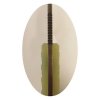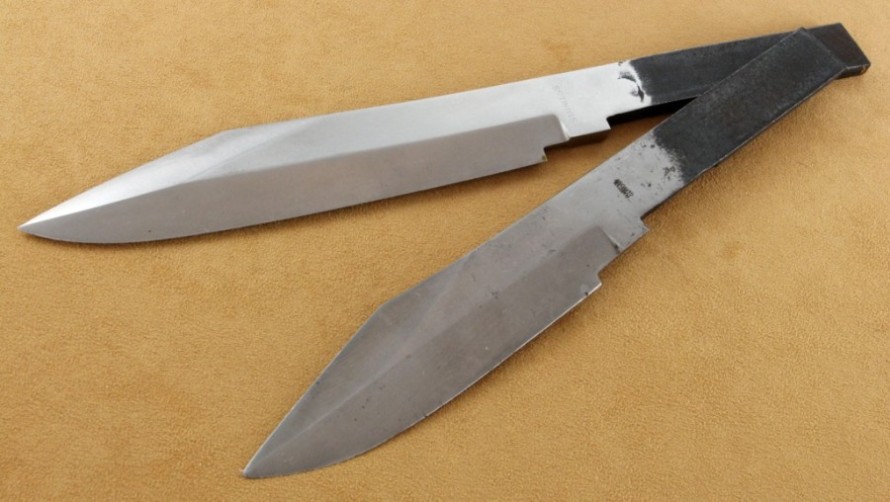Hi James,
You sound like an authority figure that is peeved that I don't realize I'm in the presence of an authority figure. Are you a famous knife maker that I'm insulting because I stated my opinions about knife making?
This one was ground and heat treated of 50100B with homemade micarta:
This is a Mora blade I reprofiled, blued and mounted in micarta and hardwood:
Here's a one piece handle I made for Becker BK14s that extends the grip:
I don't have any of the forged stuff uploaded to photobucket, but a glimpse is all you asked for.
Everything I have posted in this thread is my educated opinion. I wasn't even aware that my opinions were so grossly different than the other knifemakers' to have warranted your disdain. And some of my comments were to people who aren't knife makers to clarify construction methods.
Since it is a discussion forum, if you would like to discuss any of this, I'm happy to. But there is no need for the smack down.















